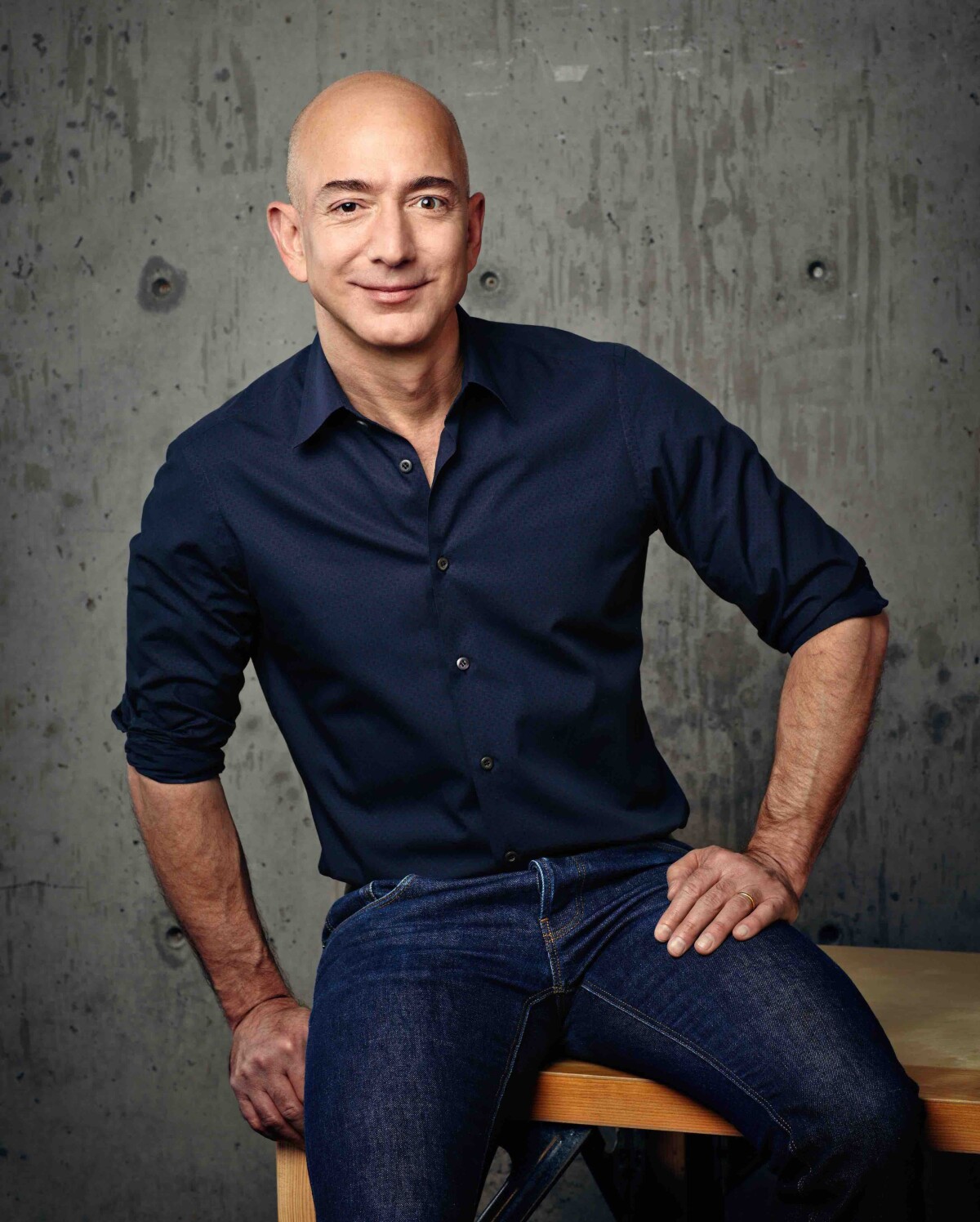
Jeff Bezos, founder and CEO, Amazon On April 16, Amazon released Jeff Bezos’s 2019 Letter to Shareholders. Bezos’s Shareholder Letter has become a must read, along the lines of Warren Buffet’s letter to Berkshire Hathaway shareholders, or the Bill & Melinda Gates Annual Gates Foundation Letter.
Below we highlight eight science-related components from the letter, which ends with these words of inspiration.
Reflect on this from Theodor Seuss Geisel:
"When something bad happens you have three choices. You can either let it define you, let it destroy you, or you can let it strengthen you."
I am very optimistic about which of these civilization is going to choose.
- A next step in protecting our employees...
might be regular testing of all Amazonians, including those showing no symptoms. Regular testing on a global scale, across all industries, would both help keep people safe and help get the economy back up and running… We’ve begun the work of building incremental testing capacity. A team of Amazonians—from research scientists and program managers to procurement specialists and software engineers—moved from their normal day jobs onto a dedicated team to work on this initiative. We have begun assembling the equipment we need to build our first lab and hope to start testing small numbers of our frontline employees soon. We are not sure how far we will get in the relevant timeframe, but we think it’s worth trying, and we stand ready to share anything we learn.
- We are collaborating with the World Health Organization...
supplying advanced cloud technologies and technical expertise to track the virus, understand the outbreak, and better contain its spread. WHO is leveraging our cloud to build large-scale data lakes, aggregate epidemiological country data, rapidly translate medical training videos into different languages, and help global healthcare workers better treat patients. We are separately making a public AWS COVID-19 data lake available as a centralized repository for up-to-date and curated information related to the spread and characteristics of the virus and its associated illness so experts can access and analyze the latest data in their battle against the disease.
- We also launched the AWS Diagnostic Development Initiative...
a program to support customers working to bring more accurate diagnostic solutions to market for COVID-19. Better diagnostics help accelerate treatment and containment of this pandemic. We committed $20 million to accelerate this work and help our customers harness the cloud to tackle this challenge. While the program was established in response to COVID-19, we also are looking toward the future, and we will fund diagnostic research projects that have the potential to blunt future infectious disease outbreaks.
- Following CDC guidance, our Alexa health team built...
an experience that lets U.S. customers check their risk level for COVID-19 at home. Customers can ask, "Alexa, what do I do if I think I have COVID-19?" or "Alexa, what do I do if I think I have coronavirus?" Alexa then asks a series of questions about the person’s symptoms and possible exposure. Based on those responses, Alexa then provides CDC-sourced guidance. We created a similar service in Japan, based on guidance from the Japanese Ministry of Health, Labor, and Welfare.
- Last year, we co-founded The Climate Pledge...
with Christiana Figueres, the UN’s former climate change chief and founder of Global Optimism, and became the first signatory to the pledge. The pledge commits Amazon to meet the goals of the Paris Agreement 10 years early—and be net zero carbon by 2040… We plan to meet the pledge, in part, by purchasing 100,000 electric delivery vans from Rivian—a Michigan-based producer of electric vehicles. Amazon aims to have 10,000 of Rivian’s new electric vans on the road as early as 2022, and all 100,000 vehicles on the road by 2030. That’s good for the environment, but the promise is even greater. This type of investment sends a signal to the marketplace to start inventing and developing new technologies that large, global companies need to transition to a low-carbon economy.
- We've also committed to reaching 80% renewable energy...
by 2024 and 100% renewable energy by 2030. (The team is actually pushing to get to 100% by 2025 and has a challenging but credible plan to pull that off.) Globally, Amazon has 86 solar and wind projects that have the capacity to generate over 2,300 MW and deliver more than 6.3 million MWh of energy annually—enough to power more than 580,000 U.S. homes.
- Amazon's sustainability scientists...
have spent more than three years developing the models, tools, and metrics to measure our carbon footprint. Their detailed analysis has found that shopping online consistently generates less carbon than driving to a store, since a single delivery van trip can take approximately 100 roundtrip car journeys off the road on average. Our scientists developed a model to compare the carbon intensity of ordering Whole Foods Market groceries online versus driving to your nearest Whole Foods Market store. The study found that, averaged across all basket sizes, online grocery deliveries generate 43% lower carbon emissions per item compared to shopping in stores. Smaller basket sizes generate even greater carbon savings.
- AWS has been successful in increasing the energy efficiency...
of its facilities and equipment, for instance by using more efficient evaporative cooling in certain data centers instead of traditional air conditioning. A study by 451 Research found that AWS’s infrastructure is 3.6 times more energy efficient than the median U.S. enterprise data center surveyed. Along with our use of renewable energy, these factors enable AWS to do the same tasks as traditional data centers with an 88% lower carbon footprint.
8 science-related points from Jeff Bezos’s 2019 Shareholder Letter
Research areas


















